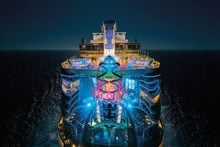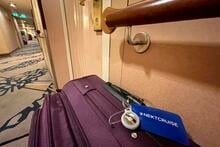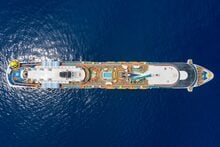Have you ever wondered where all the waste on a cruise ship goes?
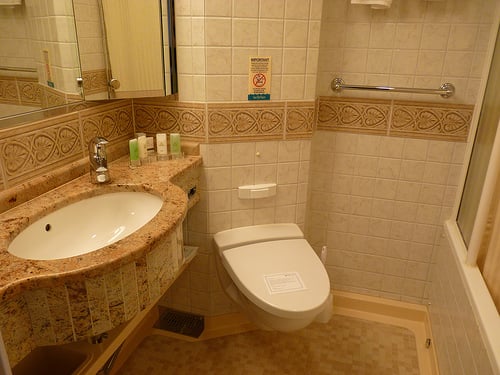
Once while I was relaxing in my stateroom on a Royal Caribbean cruise ship, my daughter asked where her poop went after she flushed the toilet and it is actually a good question.
Cruise ships are often described as floating cities, and their waste management is no different than a small municipality.
With thousands of people onboard a ship, there is a need for a sophisticated approach to managing where everything goes once people are done with it, from human waste to recycling to leftover food.
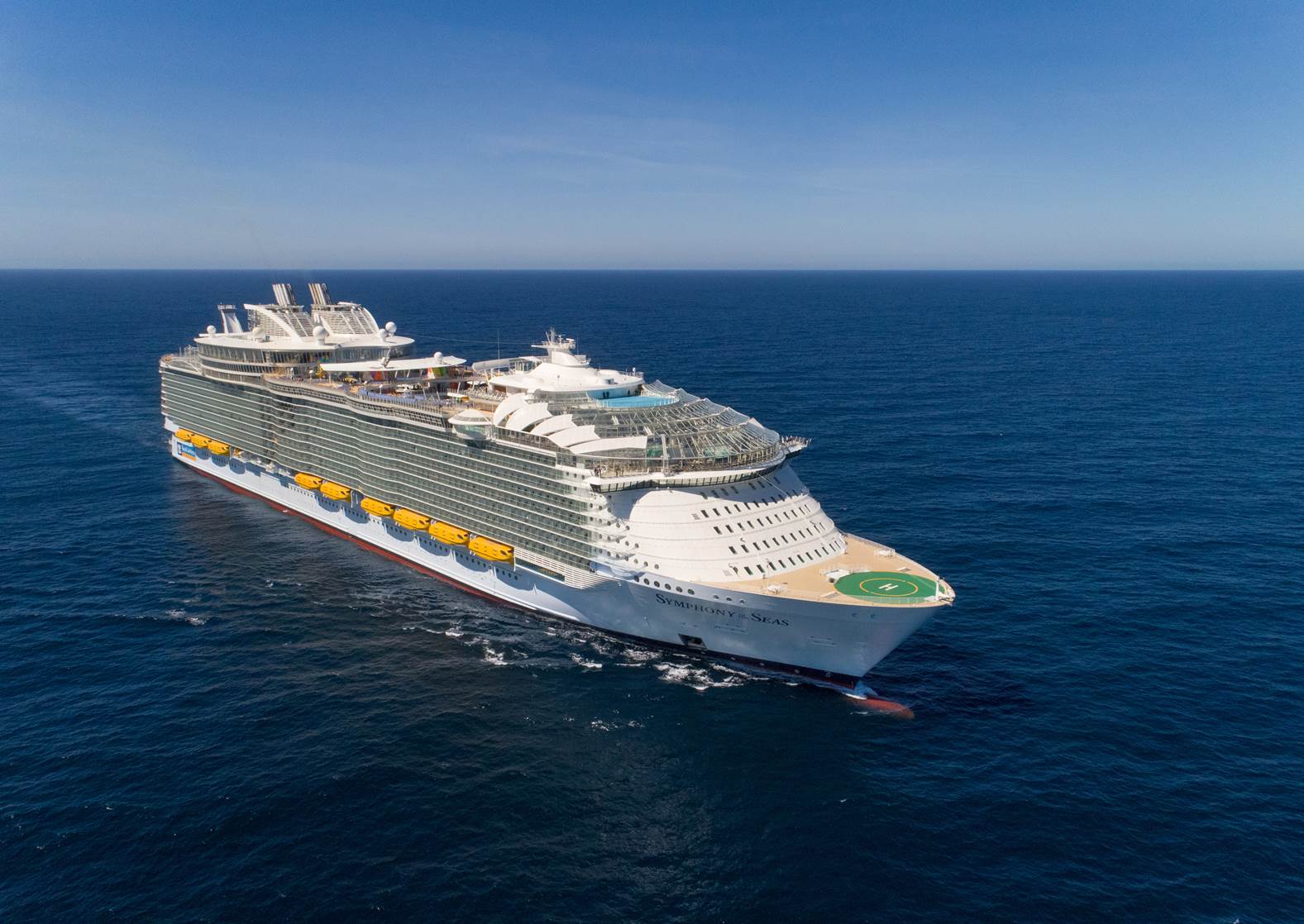
In fact, cruise lines are highly-regulated and work with environmental government agencies to ensure their waste practices are approved. These protocols ensure ships comply with strict requirements set out by the International Maritime Organization (IMO) and other regional and national authorities with a responsibility to protect the environment.
Trash

Royal Caribbean touts the fact Symphony of the Seas, the world's largest cruise ship, is actually a zero-landfill ship. This means the ship can deal with their own waste, ranging all the way from recycling to water filtration.
Cruise ships like Symphony have a designated waste and recycling center. There are separate teams to deal with each incoming recyclable: glass, cardboard, plastic, and metal.
The ship's waste incineration room is manned twenty four hours a day by crew members who differentiate glass based on its color: green, brown and white.
It is then sent for being crushed.
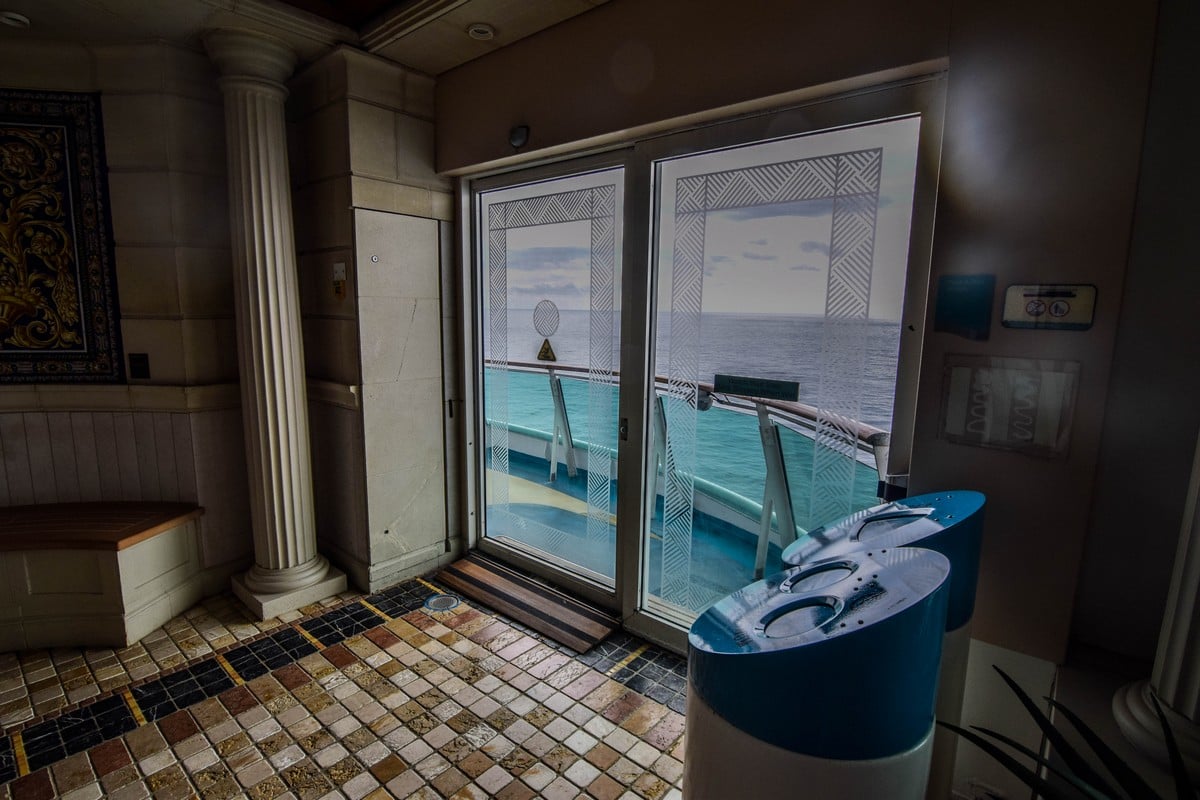
The ship has an incinerator, as well as a compactor for processing plastic waste. The compactor crushes approximately 528 gallons of water bottles.
Once the ship returns to port, it can then transport plastic, aluminum, paper, and glass for recycling through a third party vendor.
In 2018, Royal Caribbean recycled 43.7 million pounds of waste.
Read more: 15 really cool things to do that you can only find on Royal Caribbean cruise ships
Food
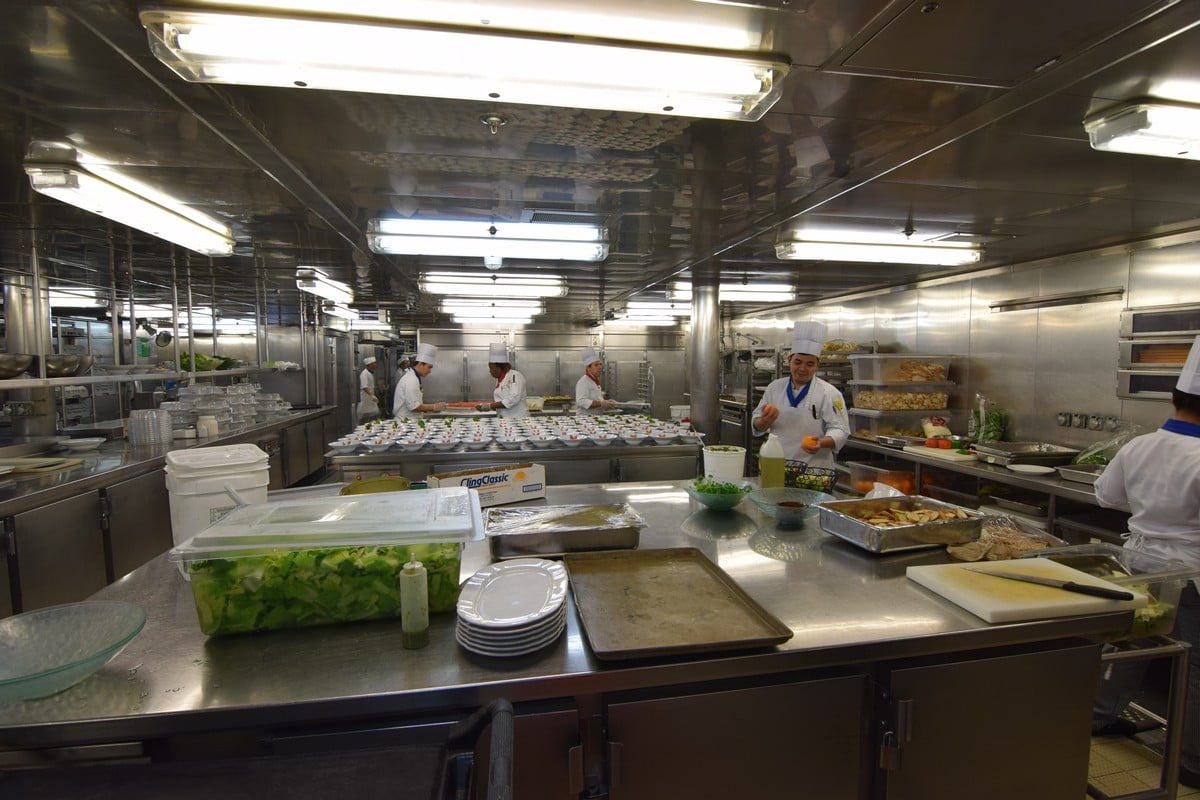
If you have been on a cruise ship, you have noticed there is always plenty of uneaten food. Either food people leave on their plates, or food that is never picked up from the buffet or ordered at a restaurant.
The chefs on Symphony of the Seas segregate food scraps into different buckets, which is then put into a big pipe that leads to the ship’s hydro-processor for incineration.
Incinerating food waste reduces the volume of the leftover food waste, and that reduces the ship's weight and thus, fuel needed by the ship.
Where your poop goes
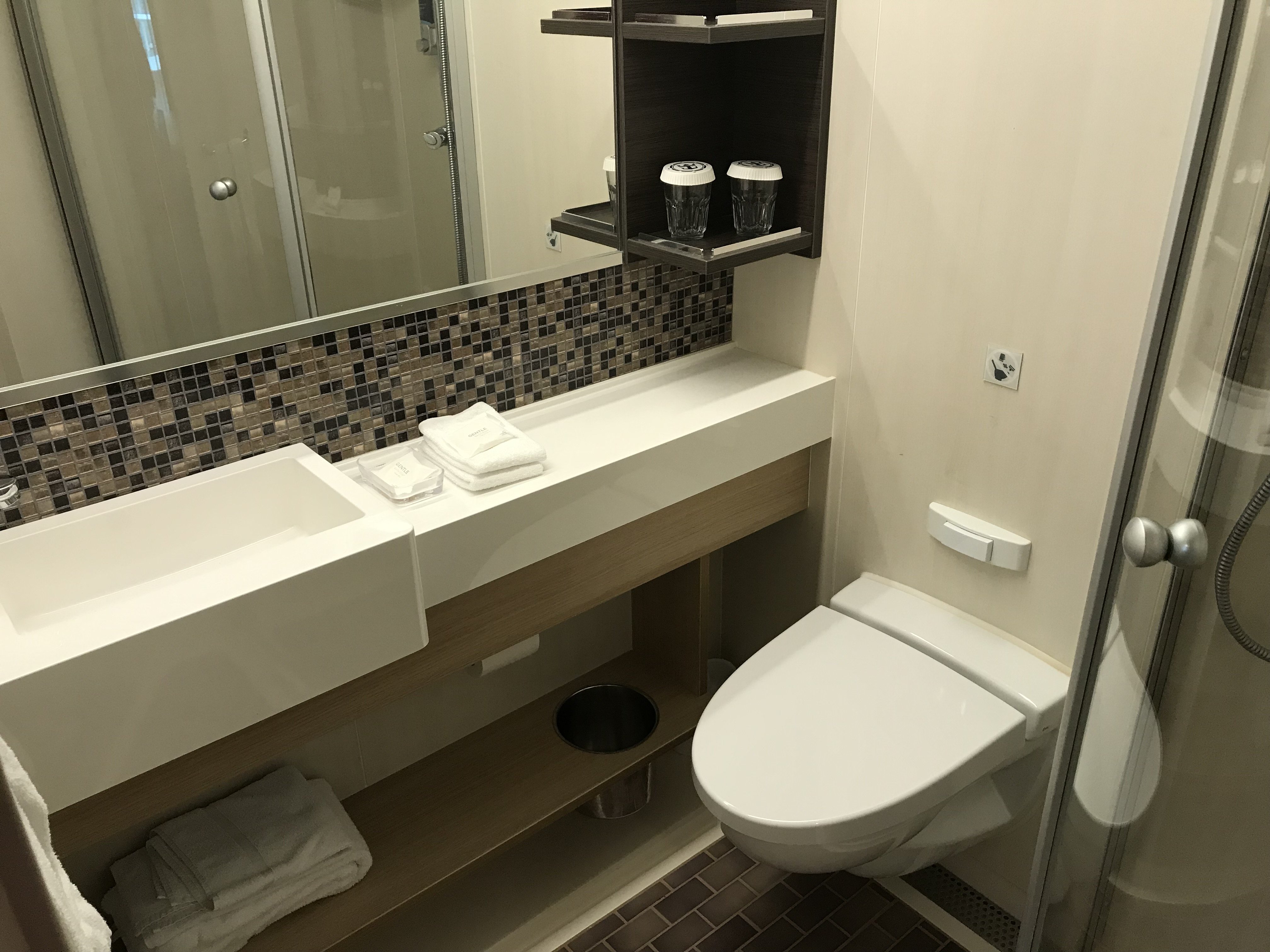
Time to tackle my daughter's question of where your poop, shower water, and any other wastewater goes.
Cruise ships have a water-treatment system onboard, similar to your hometown. With over 7,000 passengers and crew, Symphony of the Seas generates 210,000 gallons of black water and one million gallons of grey water during a one week cruise.
All the wastewater onboard is collected and absolutely nothing goes overboard unless it is first run through a treatment plant.
Water is divided into three categories:
- Grey water: sinks, laundries, and drains
- Black water: galleys and toilets
- Bilge water: oils released from equipment in engine compartments that collect at the bottom of the vessel.
Wastewater is run through the advanced wastewater-purification plant on the ship, which is above the US federal standard for purified water.
When black water enters the integrated treatment system, it first passes into a bioreactor ‘aeration chamber’ which is filled with bacteria that break down organic contaminants dissolved in the wastewater.
The sewage then enters a membrane filtration system to further filter impurities. In the ‘settlement chamber’, dense substances sink to the bottom and the water floats to the top. The residual sludgy material is repeatedly returned for reprocessing. At the end of the cycles the remaining material is disposed of in low-emission incinerators.
Finally, the clean sewage enters the ‘disinfection chamber’ where any remaining pathogens are sterilized by UV radiation. This leaves clean, safe and bacteria-free water, which is transferred to a storage tank until it can be discharged.
Believe it or not, this water is near tap-water quality. The water is either kept on board or discharged overboard when the cruise ship is at sea with a certain distance from land in order to meet the different local and international regulations. The ability to discharge water depends on where the ship is located, as some oceans and areas prohibit the practice.
Grey water can be discharged far out to sea after minimal treatment because it rarely includes harmful bacteria. Just like black water, it can only be discharged at sea in areas that are not designated environmentally sensitive regions.




